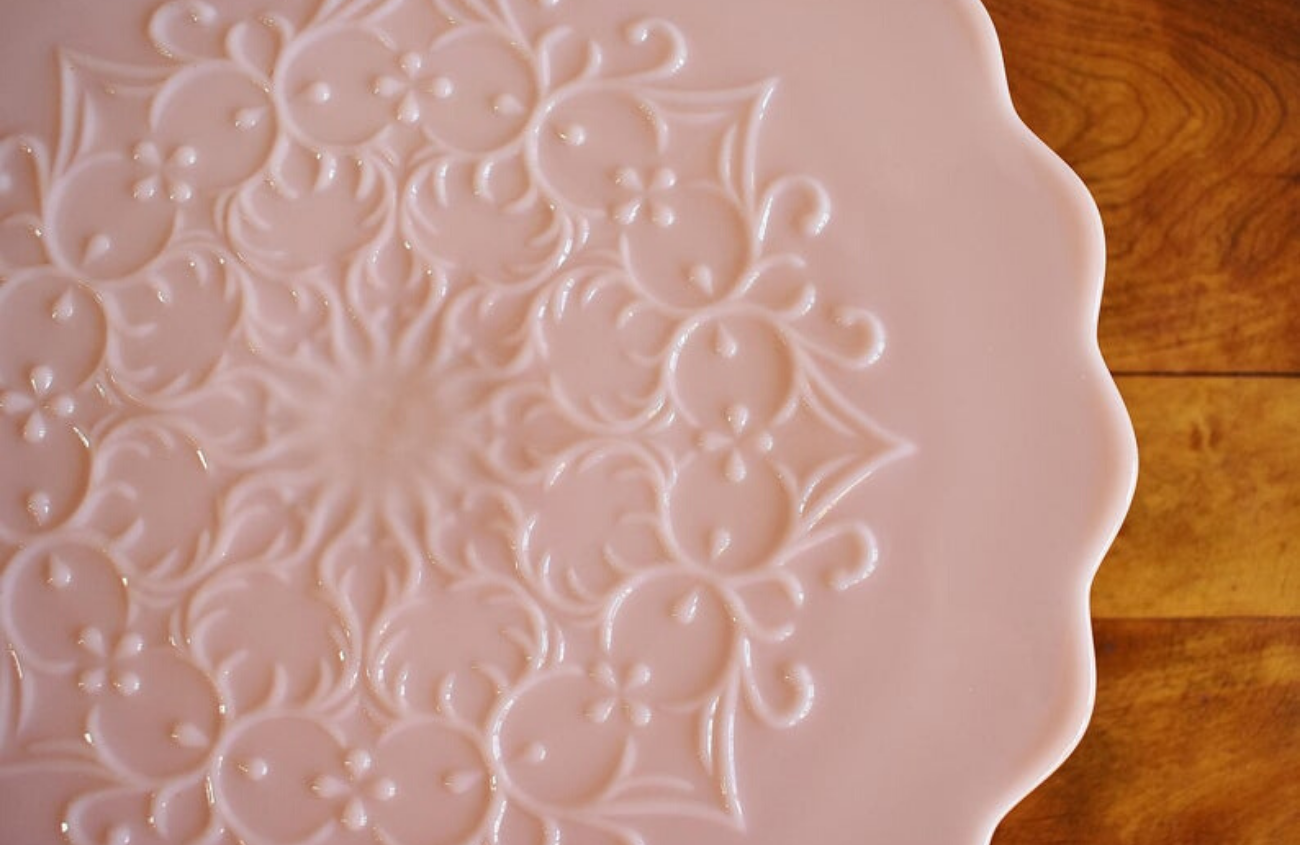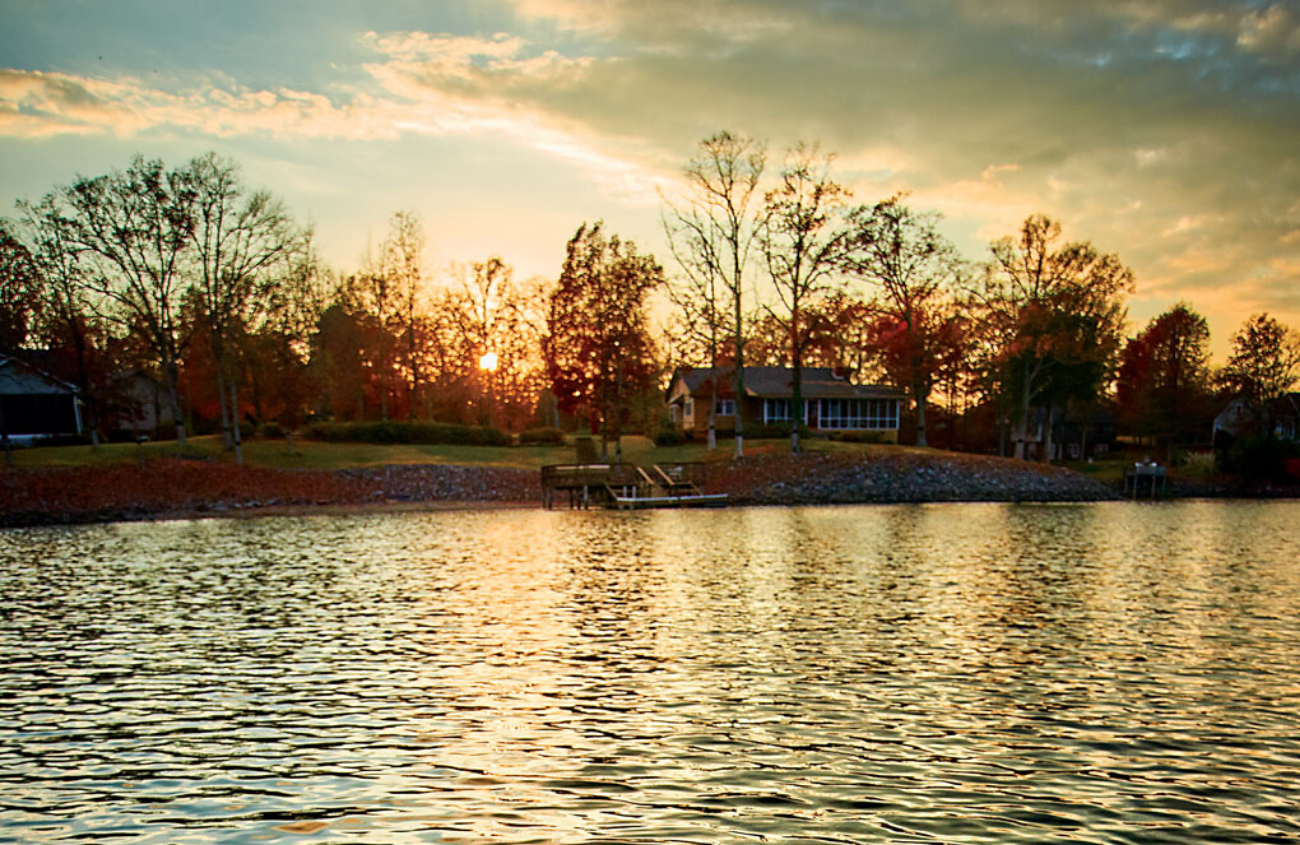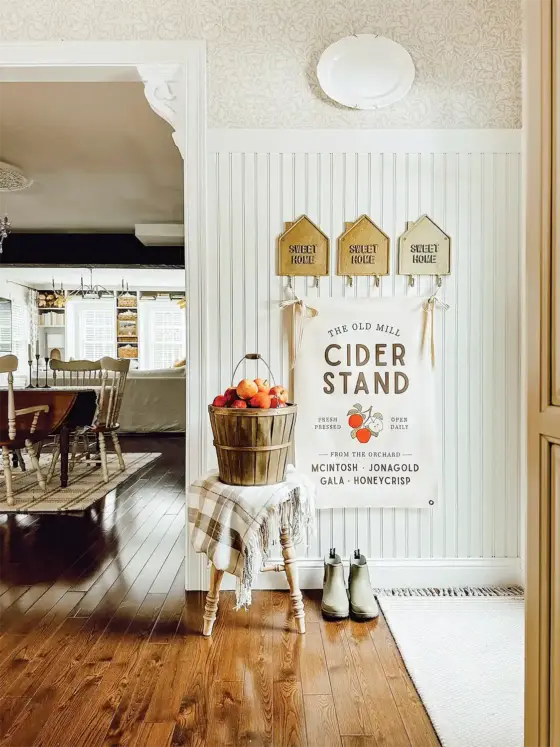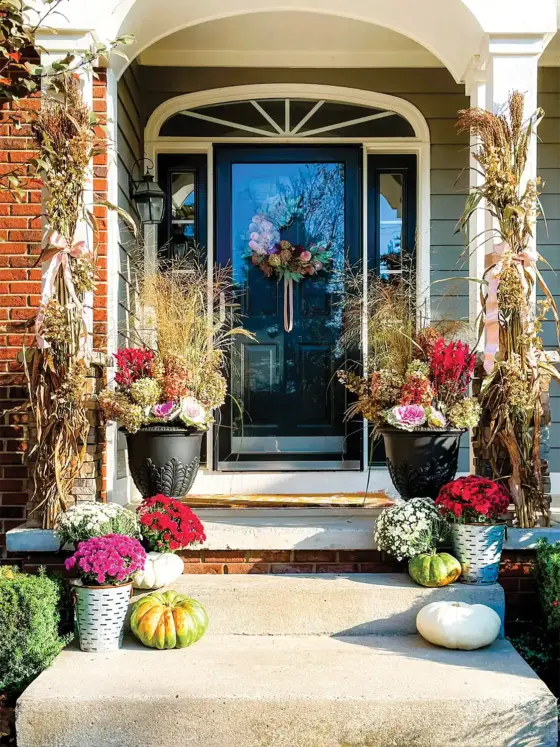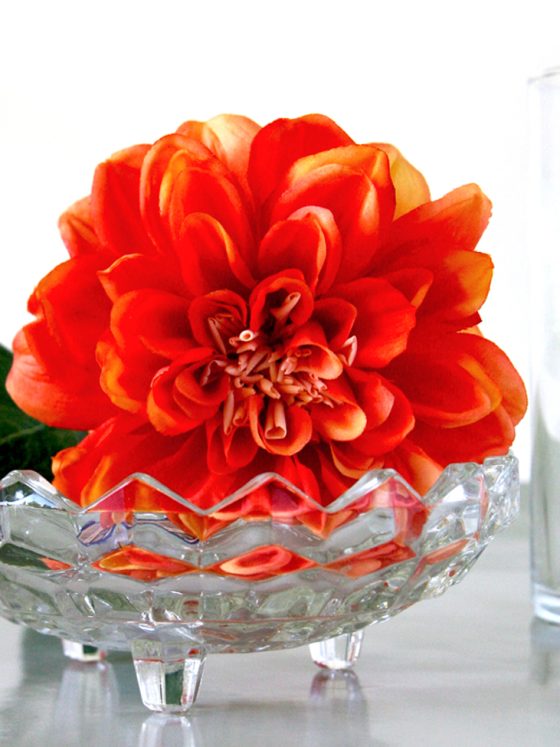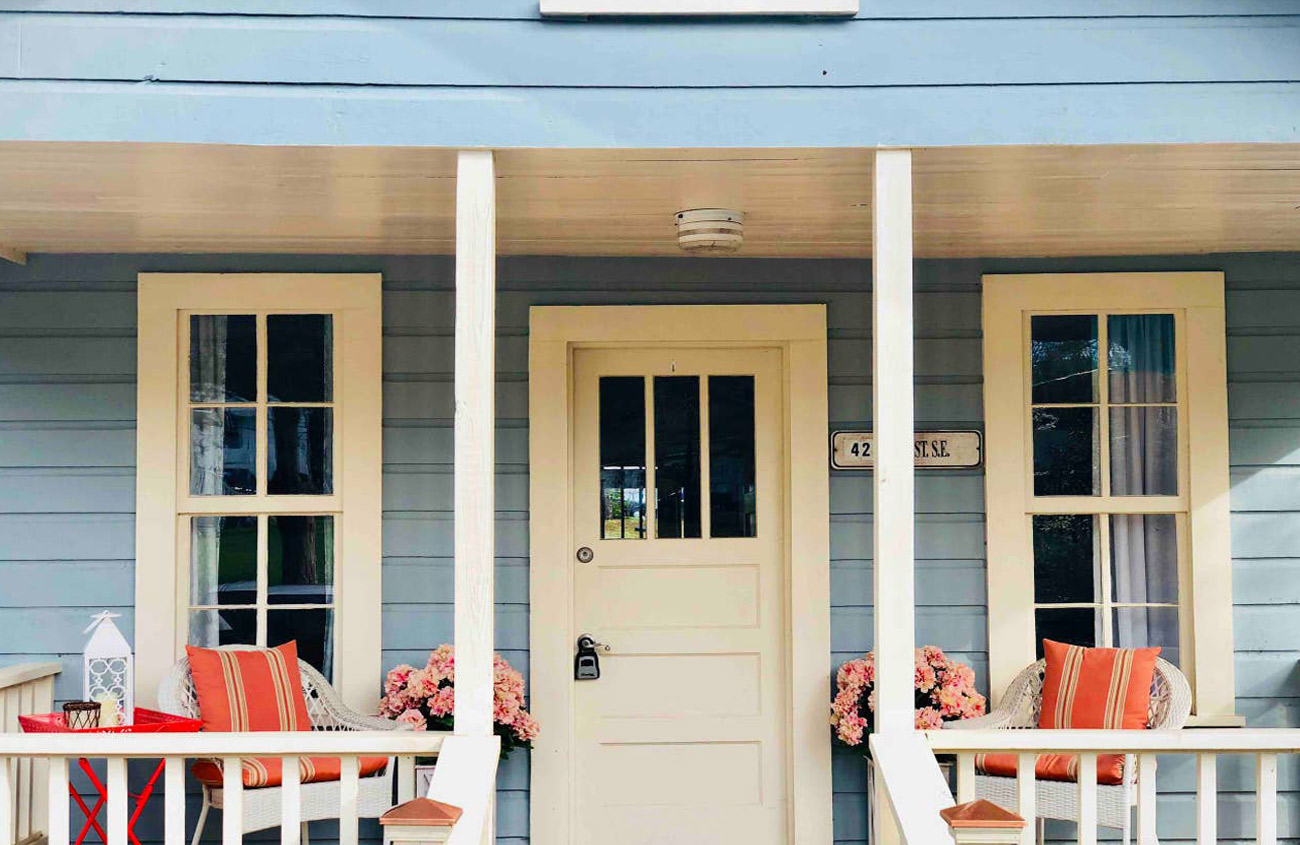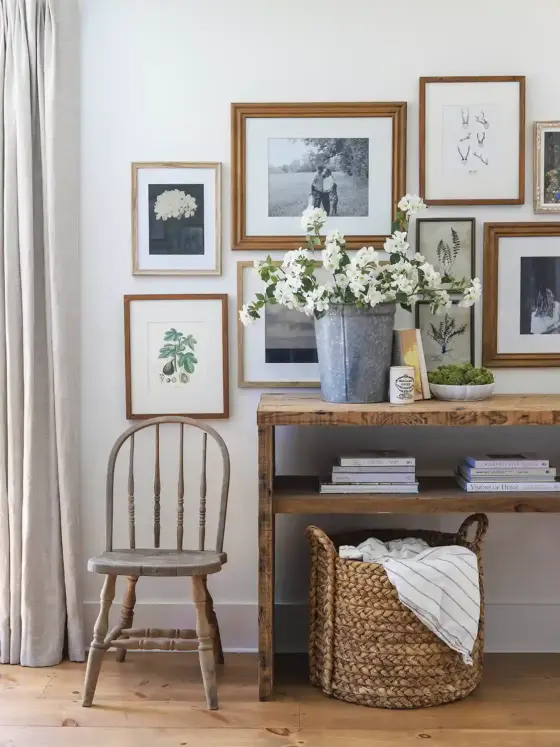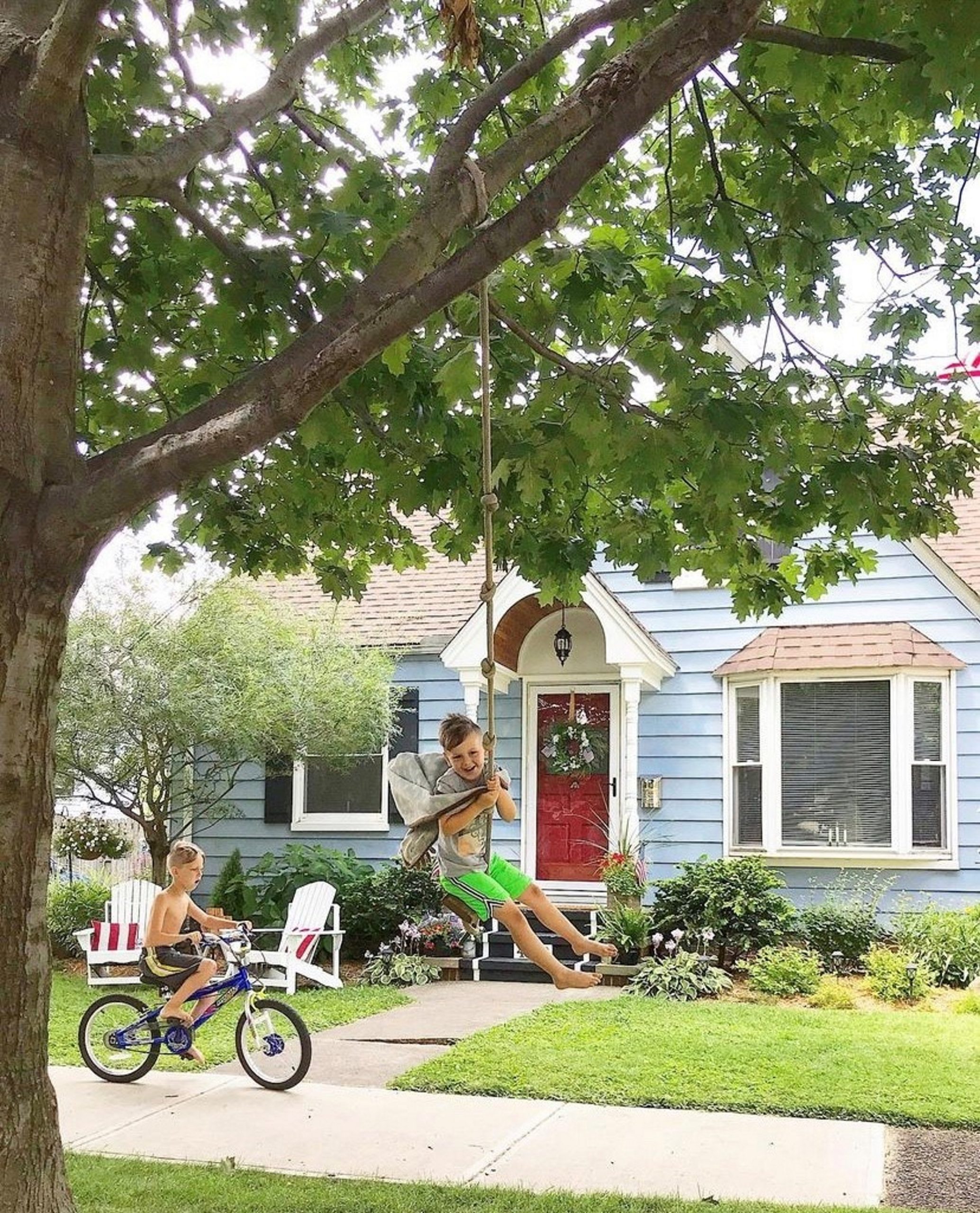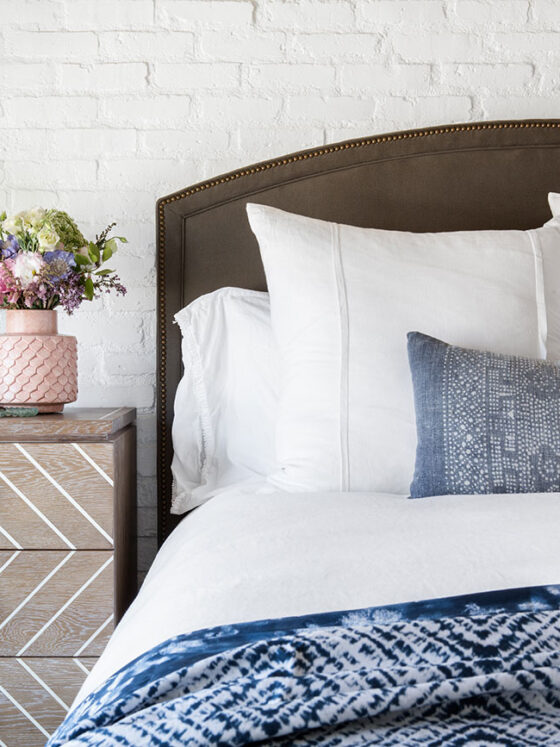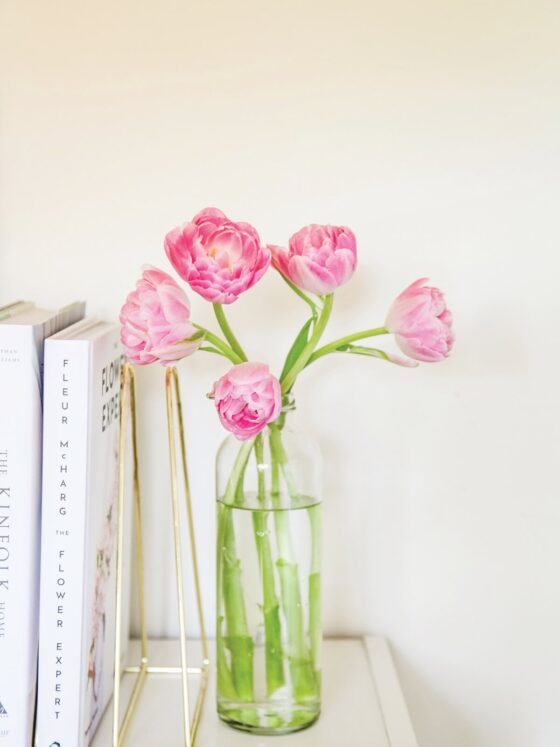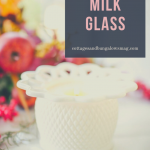It couldn’t unify Italy during the 16th century, but the genesis of milk glass in Venice around the same time would ultimately unite glass collectors throughout centuries. Milk glass, originally called opal glass, is a milky colored, or opaque glass, that was blown or pressed into decorative moulds to form cups, dishes and figurines—an ideal collectible as it is as useful as it is beautiful.
At Cottages & Bungalows, we love to curate and share our favorite finds from across the web with you. Some of the products you’ll see on this page are affiliate links, which means that if you click through and make a purchase, C&B will earn a small commission at no extra cost to you!
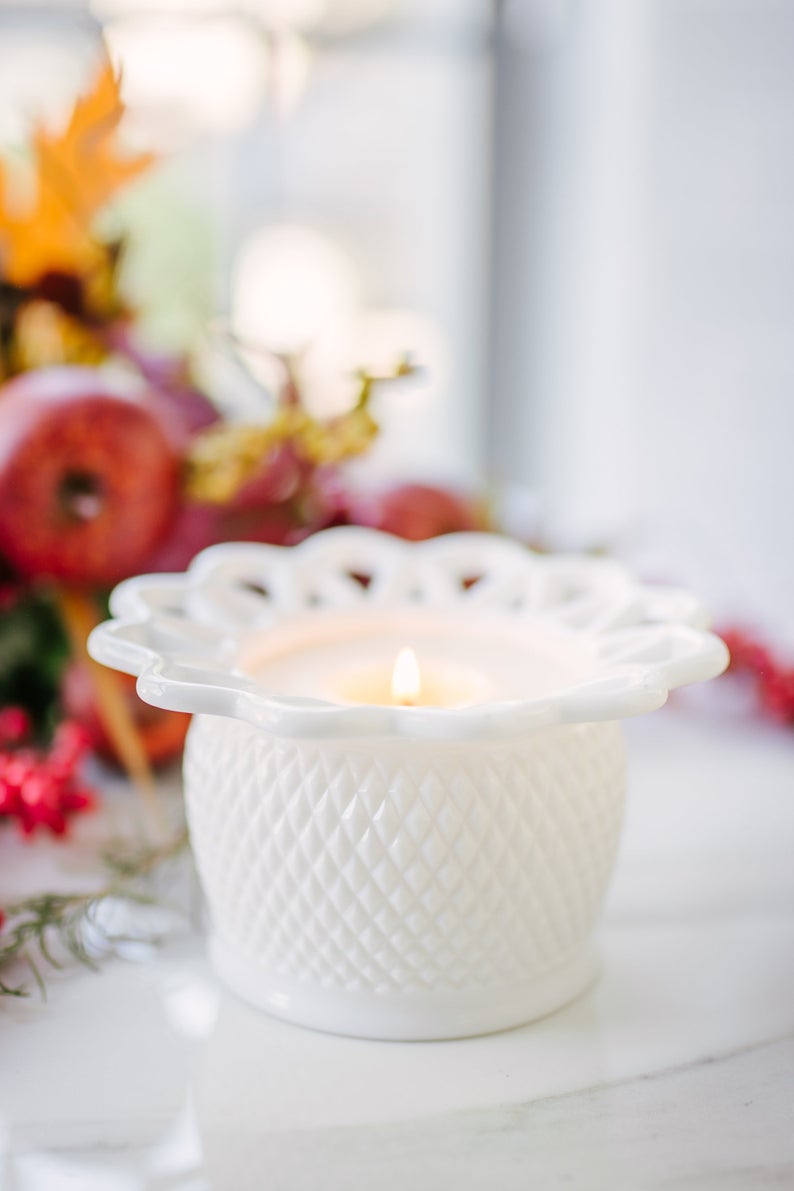
Milk glass with a built in candle?! What a perfect gift for the collector in your life!
Historically, milk glass came in myriad colors: brown, pink, blue and even black. Despite the hue, the signature thick milky color remained intact. Milk glass exists in these colors today; yet the opaque white wins most popularity contests among collectors.
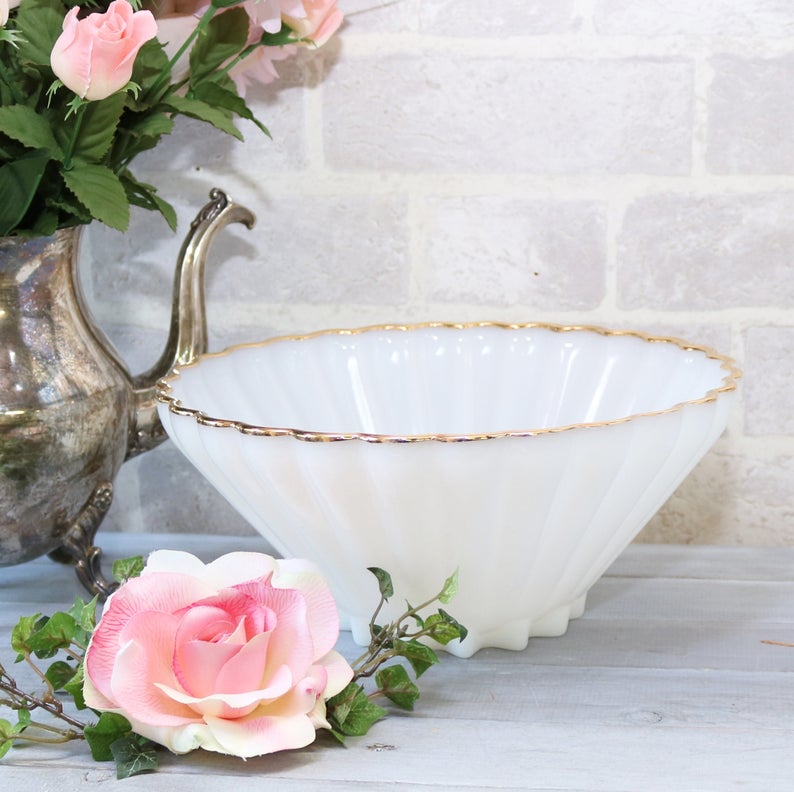
The gold trim on this lovely milk glass bowl really adds some wow factor here.
HOW IT’S MADE
Early pieces were created with fluoride, an element that added fluorescence in certain light. However, fluoride quickly corroded the moulds used to manufacture the items, making the molds costly. Presently, plain glass and paint are used to mimic the appearance of milk glass. A few of the many manufacturers of milk glass include Fenton, Westmoreland, Anchor Hocking, Imperial, and Fostoria. Many of these manufacturers will have markings or specific patterns on their milk glass; counterfeit milk glass generally has neither.
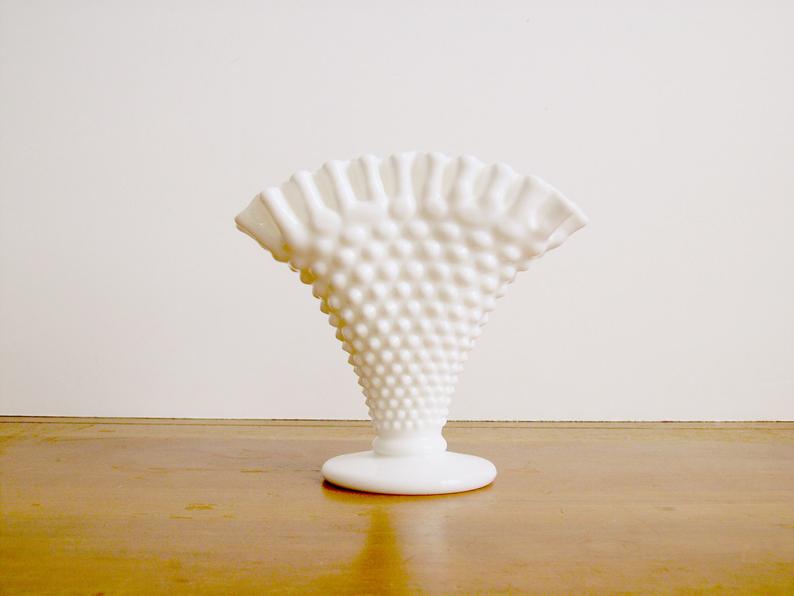
We love this Fenton Milk Glass Ruffled Hobnail Fan Vase from Etsy.
Knowing the distinct styles of these and other manufacturers is paramount to keeping authenticity to your collection. The most valuable items you will find on the market are those that were made in the 1800s. Pieces from the 1700s are even more valuable but they might be out of the price range for the casual collector.
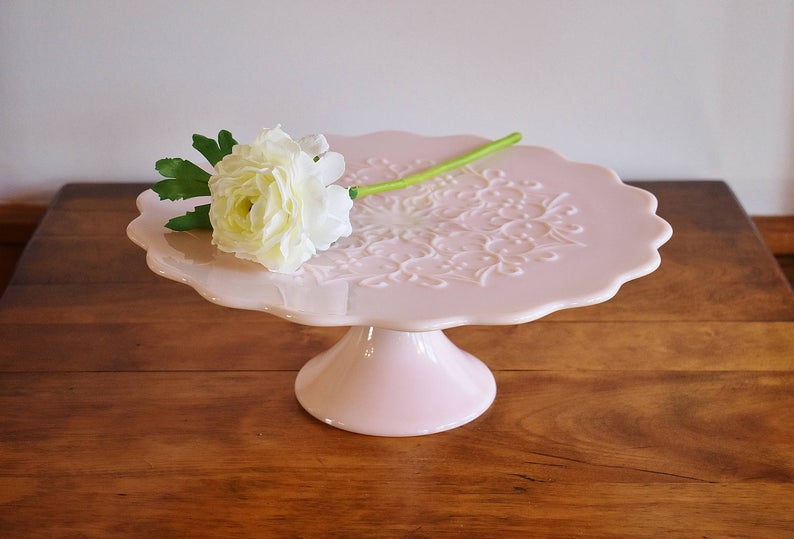
This blush pink cake stand is GORGEOUS! We would use it as a decor piece all year round and proudly place a cake on it any day.
MILK GLASS IN ALL IT’S FORMS
These treasures often came in bowls, glasses, vases, toothpick holders and pedestals. You can also find them as lamps, dinner sets and even costume jewelry. Objects outside of this group may signal a phony, so investigate further for authentication.
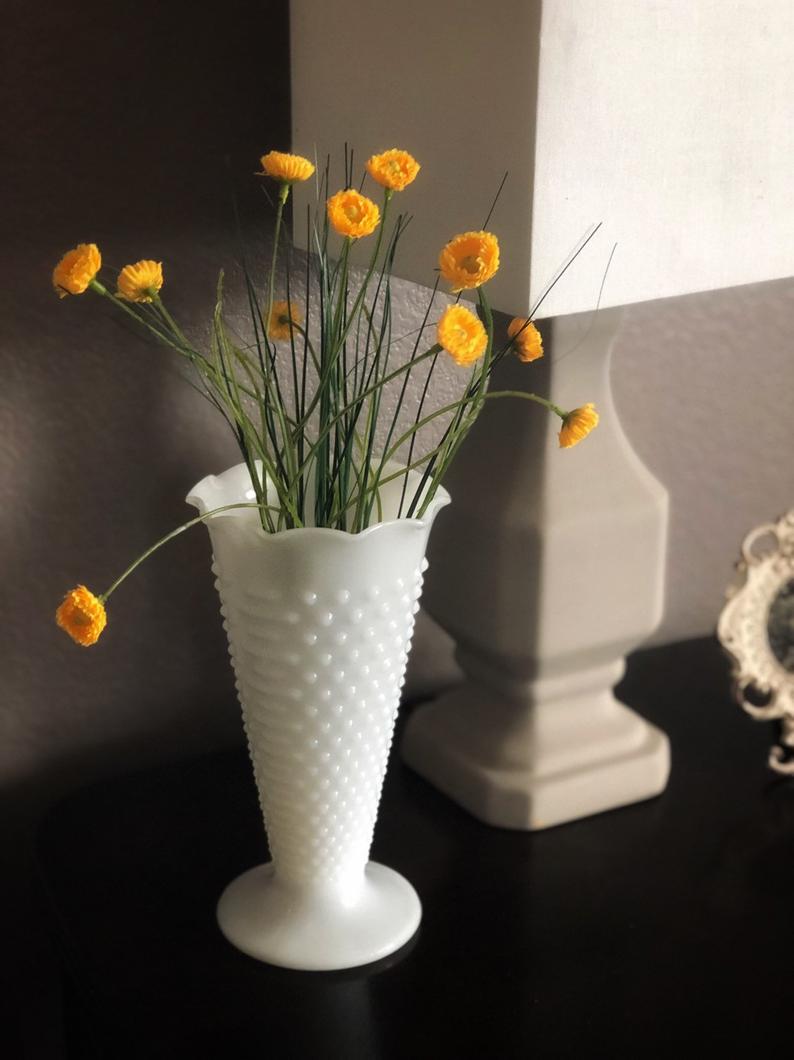
Can’t you envision your favorite flowers in this gorgeous vase? What a beauty!
Join a trusted authority, like the National Milk Glass Collector’s Society, for lists of conventions, resources and collecting tips. The 1840s through the ’70s saw the combination of fluoride with flint glass to produce a mild white glass that when flicked rang like a bell—an easy and fun way to date a piece.
In the 1960s, the growing presence of fluoride runoff in the United States’ streams and rivers meant that the old process of manufacturing the glass had to be halted in favor of more environmentally friendly processes. This meant a decline in production as manufacturing process were reinvented.
TREASURE HUNTING
The Internet is a vast marketplace but searching online doesn’t allow you the luxury of touch. Explore antique and collectible stores, and investigate conditions and specific traits that define milk glass to become more familiar with identifiers. When you navigate the Web, you’ll know what to look for.
Value is based on age and shape; the manufacturer and condition also play a role. Items from the 1950s and ’60s can range from $40-$60. Rare finds, such as the Fenton hobnail punch bowl and 12 cups is valued up to $650.
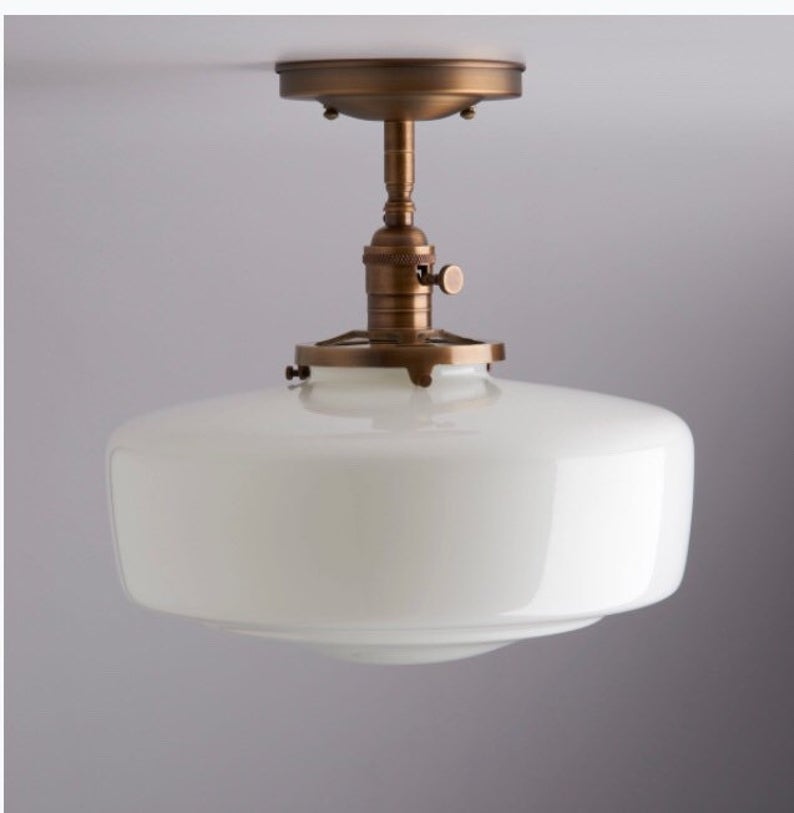
Most collectors go for the dishes but this lamp is a stunning way to make a statement elsewhere in your cottage.
DID YOU KNOW?
During the 20th century, milk glass went hand in hand with wealth and prosperity in American culture. Its delicate styling and effortless elegance make it highly alluring even today.
Want more simply beautiful ideas? Check out this post on Hobnail Vintage Glass.
Of course, don’t forget to follow us on Instagram, Facebook and Pinterest to get your daily dose of cottage inspiration!

